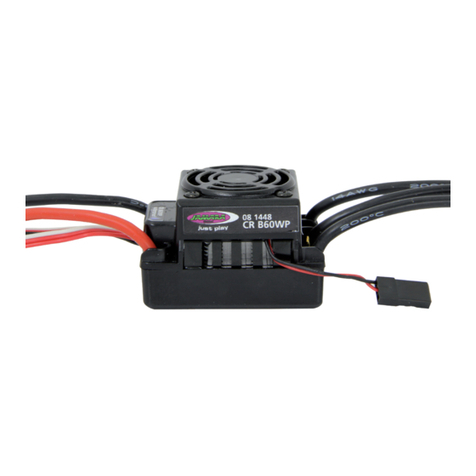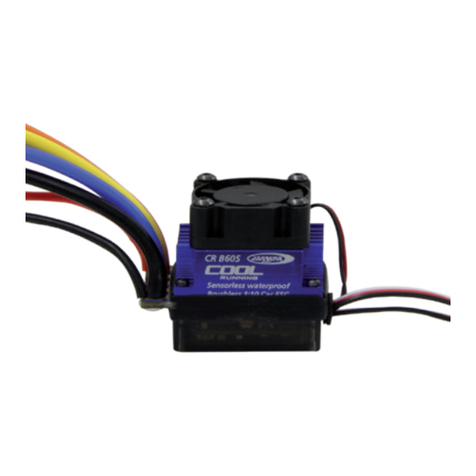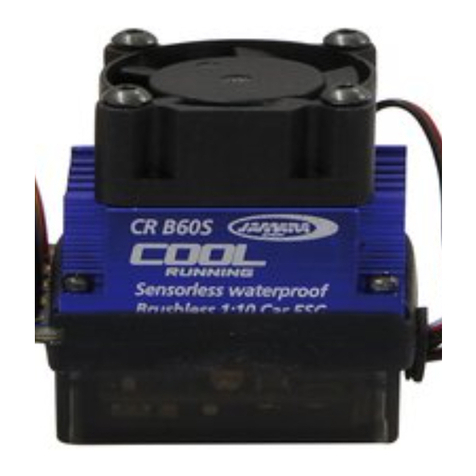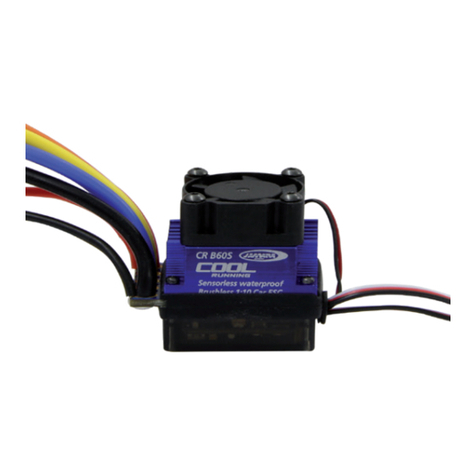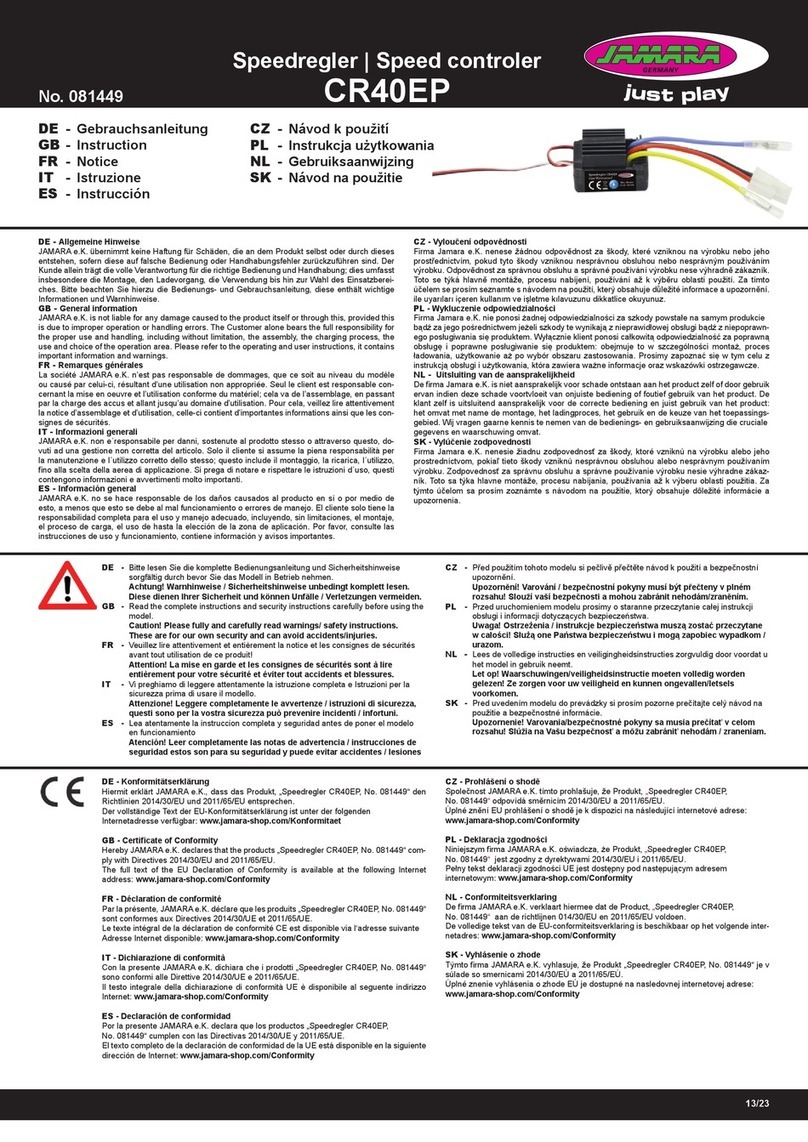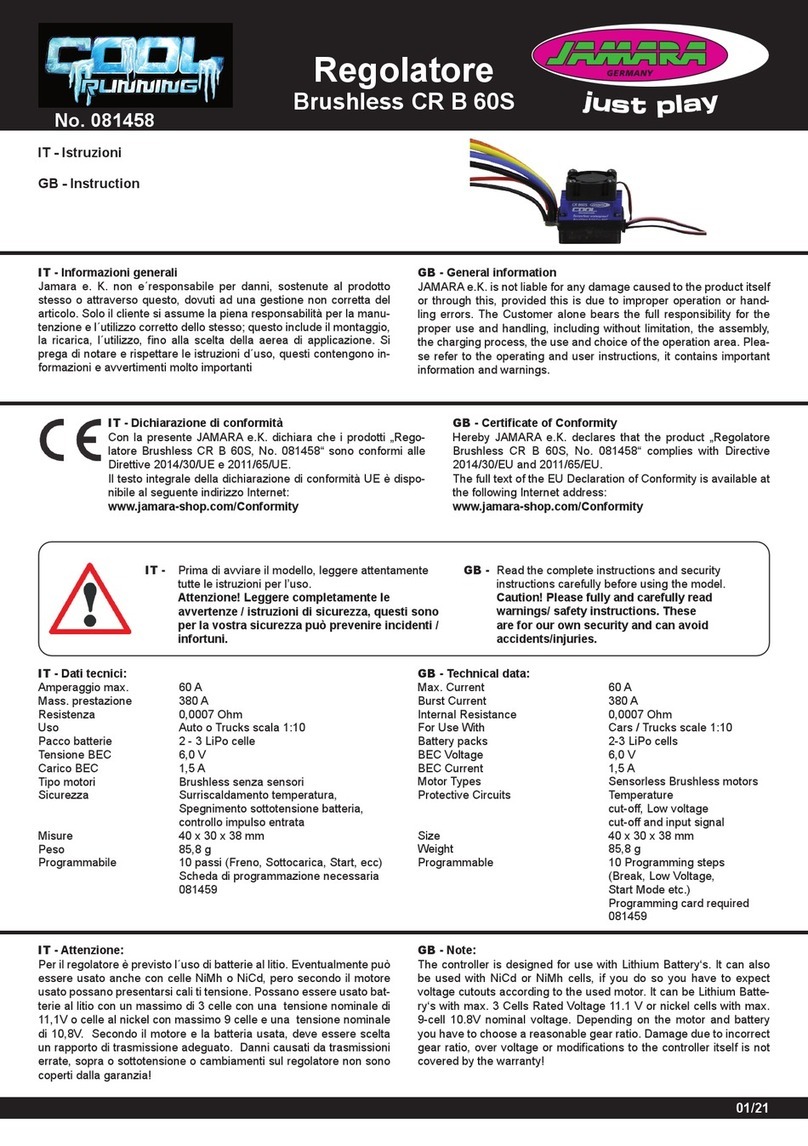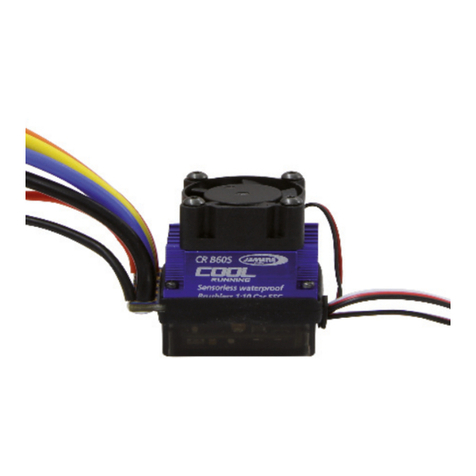
2
FR - Remarques générales
La société Jamara e. K. n’est pas responsable de dommages,
que ce soit au niveau du modèle ou causé par celui-ci, résultant
d’une utilisation non appropriée. Seul le client est responsable
concernant la mise en oeuvre et l’utilisation conforme du matériel;
cela va de l’assemblage, en passant par la charge des accus et
allant jusqu’au choix du lieu d’utilisation. Pour cela, veillez à lire
attentivement la notice d’utilisation, elle contient d’importantes in-
formations ainsi que les consignes de sécurité.
GB - General information
Jamara e.K. is not liable for any damage caused to the product
itself or through this, provided this is due to improper operation or
handling errors. The Customer alone bears the full responsibility
for the proper use and handling, including without limitation, the
assembly, the charging process, the use and choice of the ope-
ration area. Please refer to the operating and user instructions, it
contains important information and warnings.
FR - Consignes de recyclage
Les appareils électriques ne doivent strictement pas
être jetés dans les ordures ménagères, mais doivent
être jetés séparément. Vous êtes tenuesdans la pos-
sibilité – de déposer vos piles et appareils électriques
dans les centres communaux de collectes. Si des
informations personnelles sont présents sur les ap-
pareils électriques, celles-ci doivent être retirés par
vous-même avant tout élimination du produit.
GB - Disposal restrictions
Electrical appliances must not be disposed of in dome
stic waste and must be disposed of separately. You are
obliged to take out the batteries, if possible, and to dis
pose of the electrical equipment at the communal coll
ection points. Should personal data be stored on the
electrical appliance you must remove them by yourself.
FR - Consignes de sécurités
Lors du branchement de l’appareil avec le moteur électrique,
celuici risque de démarrer intempestivement. De plus, les mo-
teurs déjà connectés à l’accu peuvent se mettre en marche
suite à un défaut technique ou mécanique. Cela est également
valable si votre radiocommande n’est pas allumée. Dans ces
cas il y a réel danger de blessure corporelle.
De ce fait, il est absolument déconseillé de ce trouvé dans les
environs immédiats des pièces en mouvements. Veillez à ce
qu’il n’y ait pas de pièces qui pourraient toucher les pièces
tournantes de la propulsion. Les propulsions de grande puis-
sance peuvent êtres extrêmement dangereux. Les forts cou-
rants nécessaires à la propulsion peuvent faire en sorte que
les éléments de l’accu ainsi que les éléments de commandes
chauffent en conséquence. De ce fait il y a risque d’inammation
ou de brûlure de la peau.
Le régulateur est uniquement conçu pour être utilisé dans le
domaine du modèle réduit. N’utilisez jamais ce régulateur avec
une alimentation. Protégez le contre les vibrations, la poussière
ou l’humidité ainsi que contre les contraintes mécaniques. Ne
l’exposez pas à la chaleur ou au froid. Respectez les indications
du fournisseur de votre accu. Vériez régulièrement votre ré-
gulateur s’il n’est pas endommagé. N’effectuez aucune modi-
cation sur votre appareil. Cela est également valable pour le
connecteur d’accu qui ne doit en aucun cas être rallongés.
Le connecteur d’accu n’est pas protégé contre l’inversion de po-
larité. Si vous inversez la polarité, votre régulateur sera irrémé-
diablement défectueux. La polarité du connecteur est matéria-
lisée par une couleur. Branchez le plus sur le câble rouge et le
moins sur le câble noir. Si le moteur devait tourner dans le mau-
vais sens, inversez deux des trois connections au niveau du
moteur. N’inversez jamais la polarité au niveau de l’alimentation
du régulateur, cela entraînerait la destruction de celui-ci.
Pour une bonne utilisation de votre régulateur veillez
respecter ces quelques règles:
• N’utilisez que des accus dans les limites des spécications
techniques.
• Laissez le régulateur sufsamment refroidir après l’avoir
utilisé.
• Après chaque utilisation, sortez l’accu du modèle.
• Mettez toujours en marche l’émetteur en premier puis le
récepteur, dans l’ordre inverse lorsque vous souhaitez
éteindre l’ensemble.
• N’utilisez que des câbles de liaisons de grande qualité ainsi
que les connecteurs.
• Veillez à avoir toujours une circulation d’air sufsante an de
efroidir correctement le régulateur. Le radiateur qui équipe le
régulateur doit toujours être libre an de pouvoir laisser
passer beaucoup d’air pour assurer un bon refroidissement.
GB - Safety Instructions
It is possible that an electric engine may begin to rotate when
connected to a power source, this may be due to a technical
fault, connecting the ESC to the receiver when the transmitter is
not switched on, or interference.
For this reason, it is imperative that care is taken every time a
battery is connected that the rotating parts are free from ob-
structions and in particular that no part of the body can come
into contact with the rotating parts should they begin to rotate.
Modern high power drive systems use large amounts of energy
which can create heat, to the degree that batteries, ESC’s, en-
gines or even the cable may become hot enough to start a re
or to cause injury by burning.
The ESC’s are designed exclusively for use with rechargeable
batteries. Never connect the ESC to a stabilised power sup-
ply, protect it from vibration, dust and physical impacts. Do not
expose the ESC to extreme heat or cold. Always observe man-
ufacturers recommendations for whichever battery packs you
choose to use. Regularly inspect the ESC for damage. Never
modify the ESC, this also applies to the battery connection ca-
bles which should never be lengthened.
The controller is not protected against crossed polarity, con-
necting
the controller to the battery incorrectly may result in irreparable
damage to the ESC. The battery connecting wires are colour
coded, always connect the red cable to the plus (+) pole of the
battery and the black cable to the minus (-) pole. If the motor
runs in the wrong direction, it can be changed by swapping any
2 wires to the engine, never swap the battery cables.
When using the controller please observe the following
safety notes:
• Use only batteries which not exceed the max. operating
voltage (2 - 3 Lipo | 5 - 9 NiCd/NiMh).
• Allow the ESC to cool down completely before operating it
again.
• Remove the battery from the model when not in use.
• Always switch off the receiver rst and then the transmitter.
On switching on, switch on the transmitter rst and then the
receiver.
• Only use top quality cables and connectors.
• Make sure that the ESC is adequately cooled and never
wrap the unit in anything that insulates.
